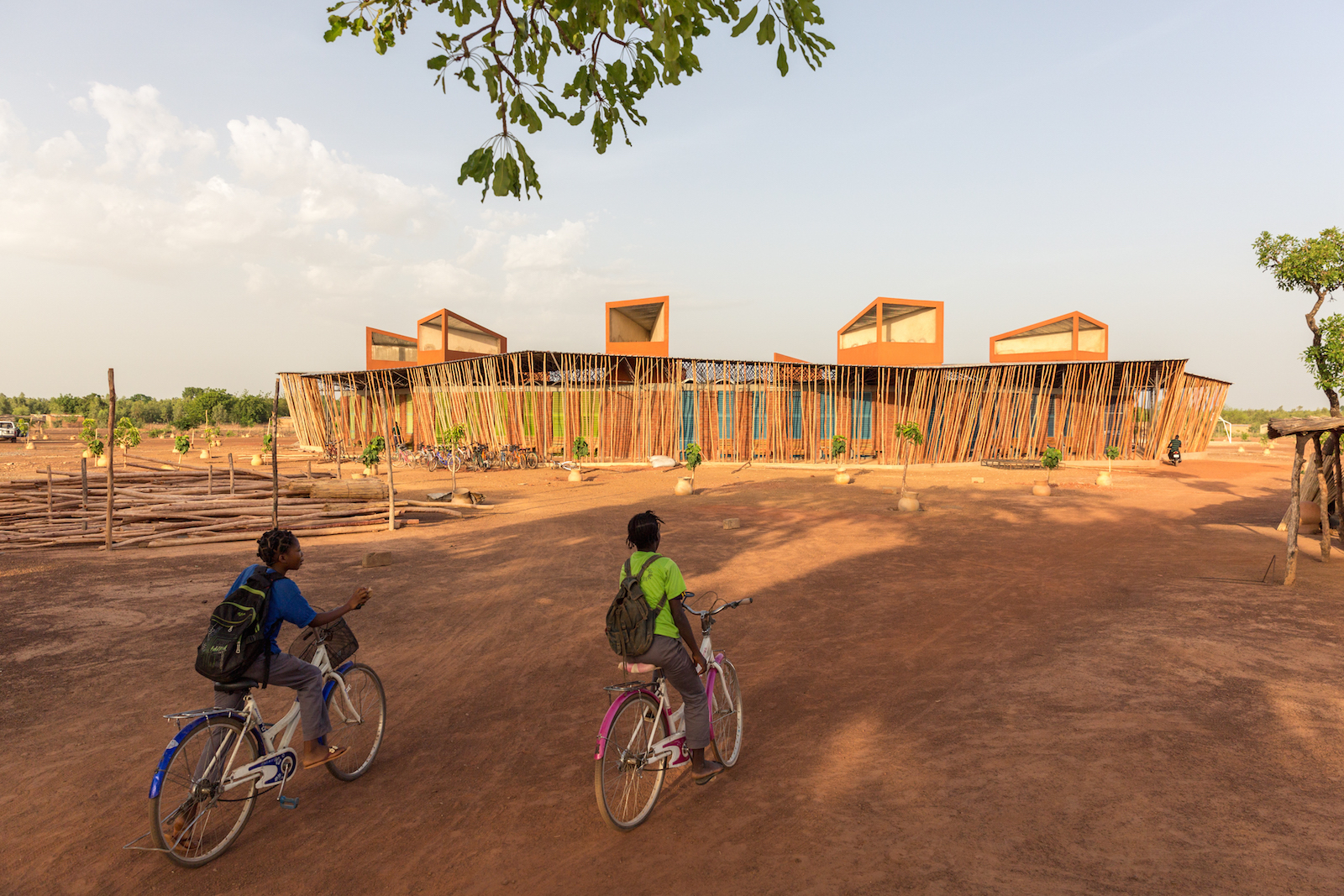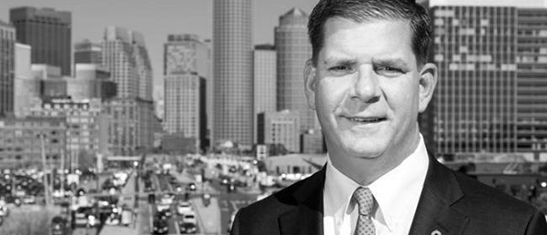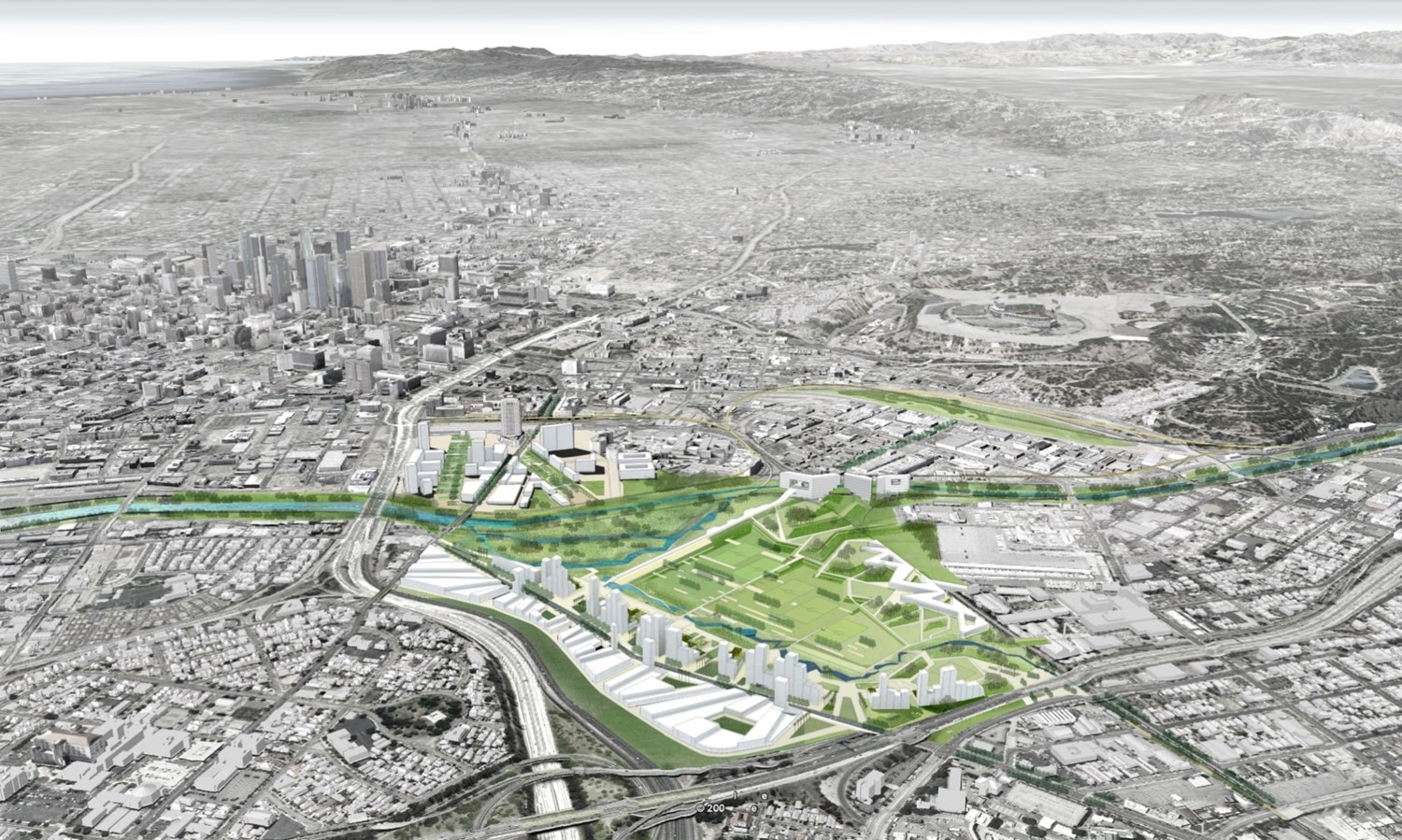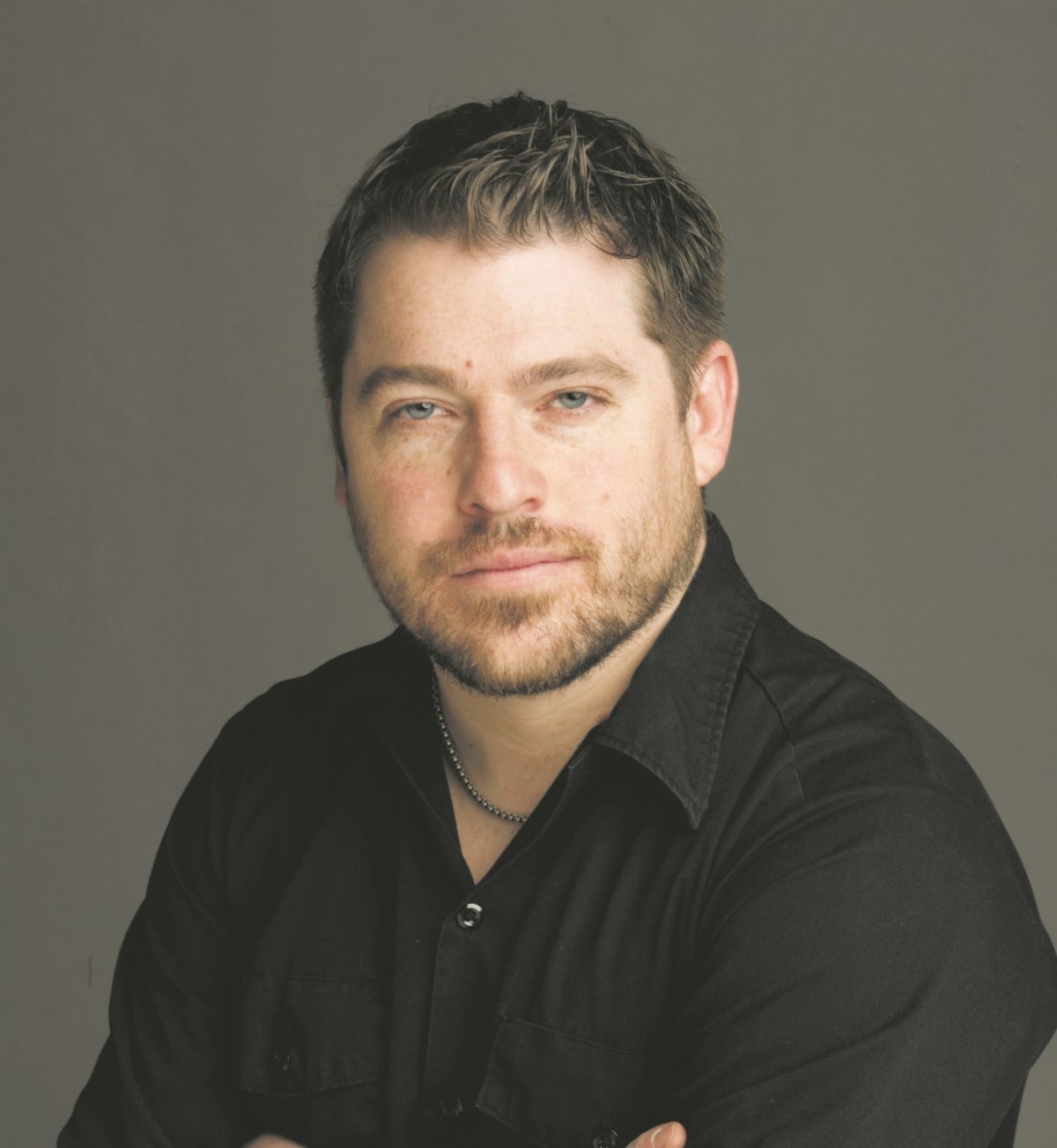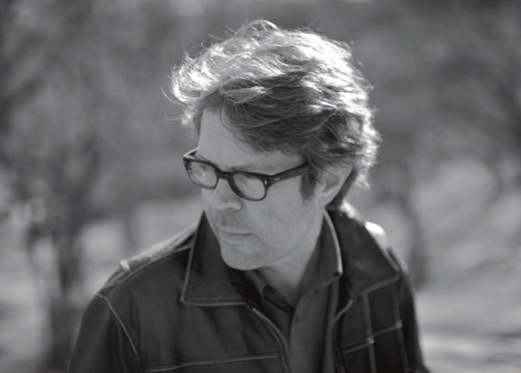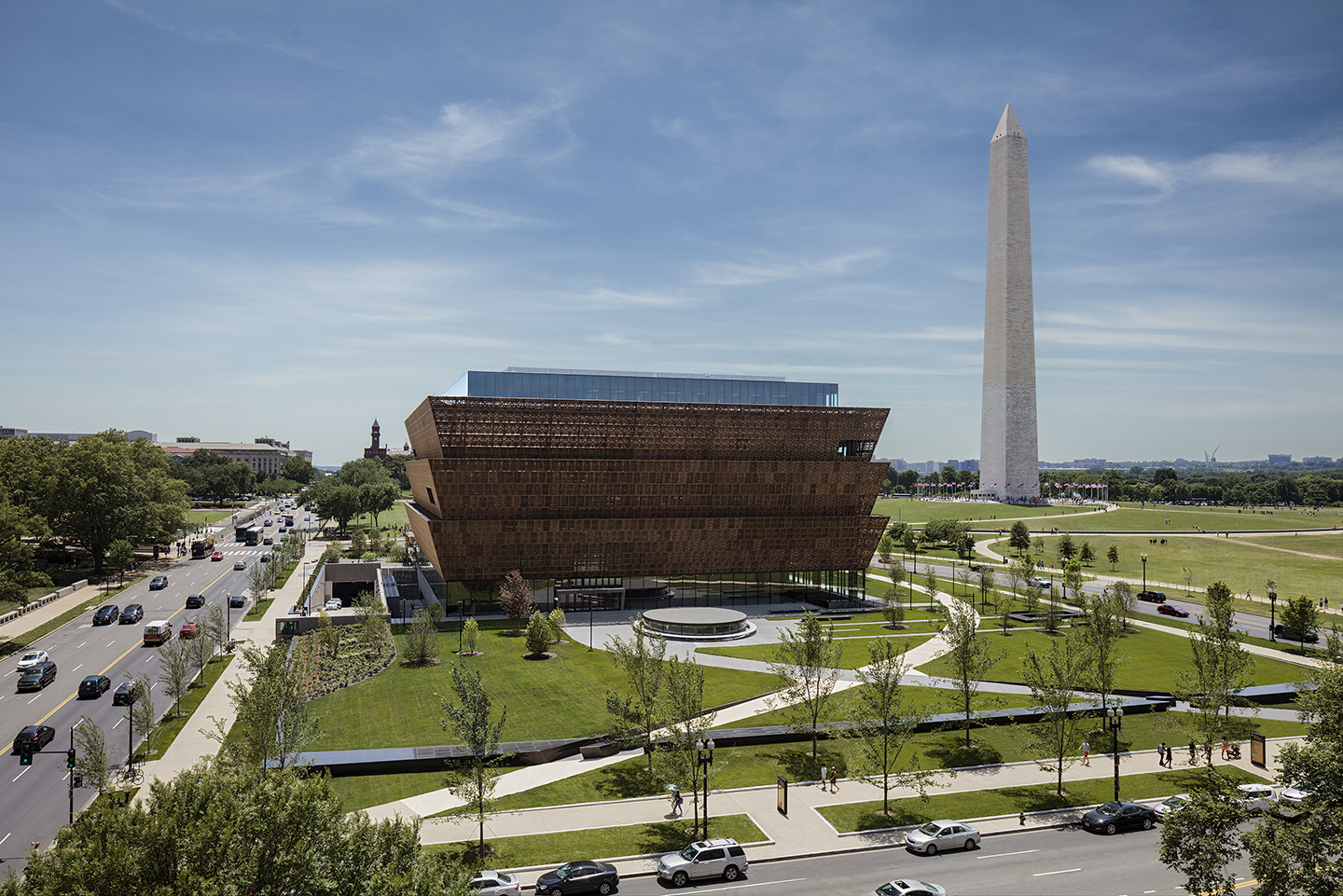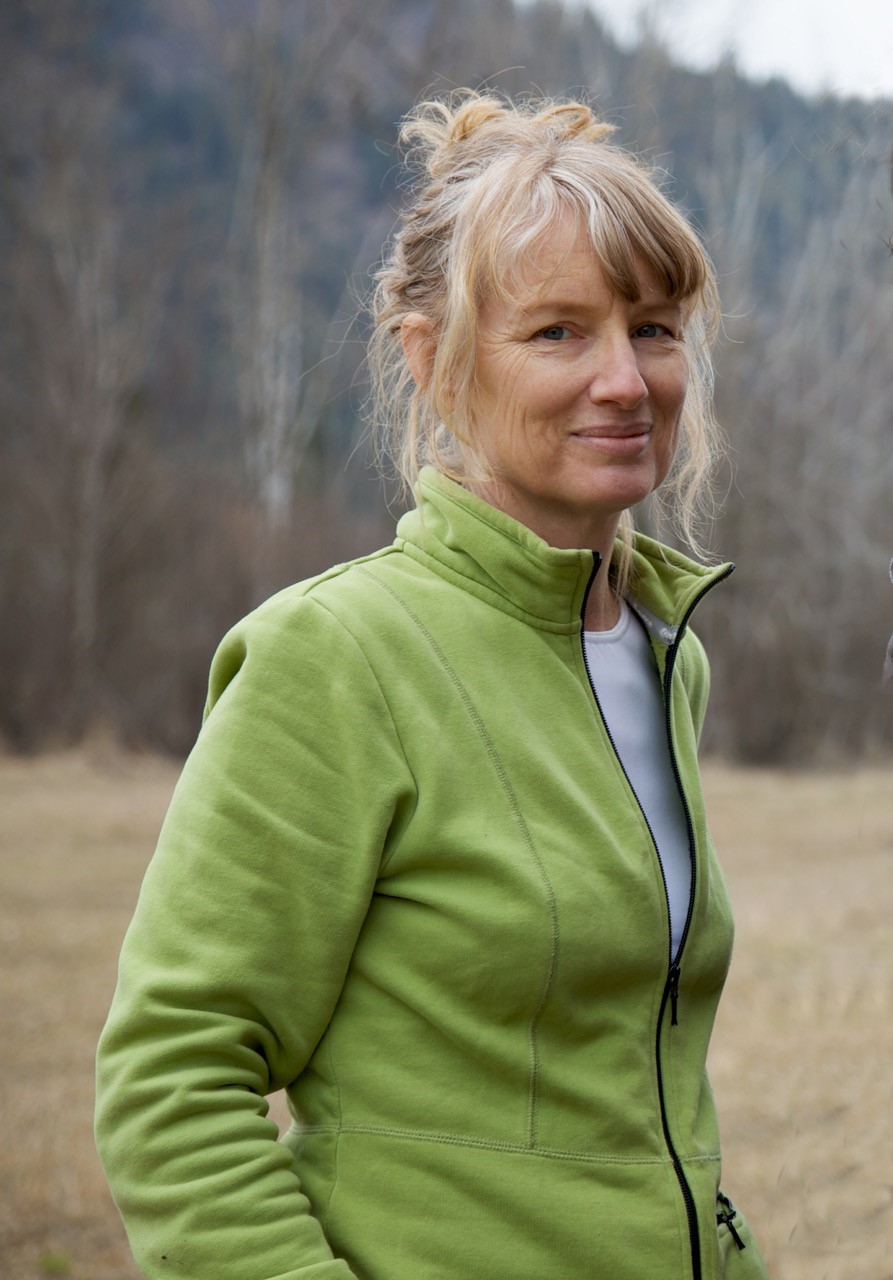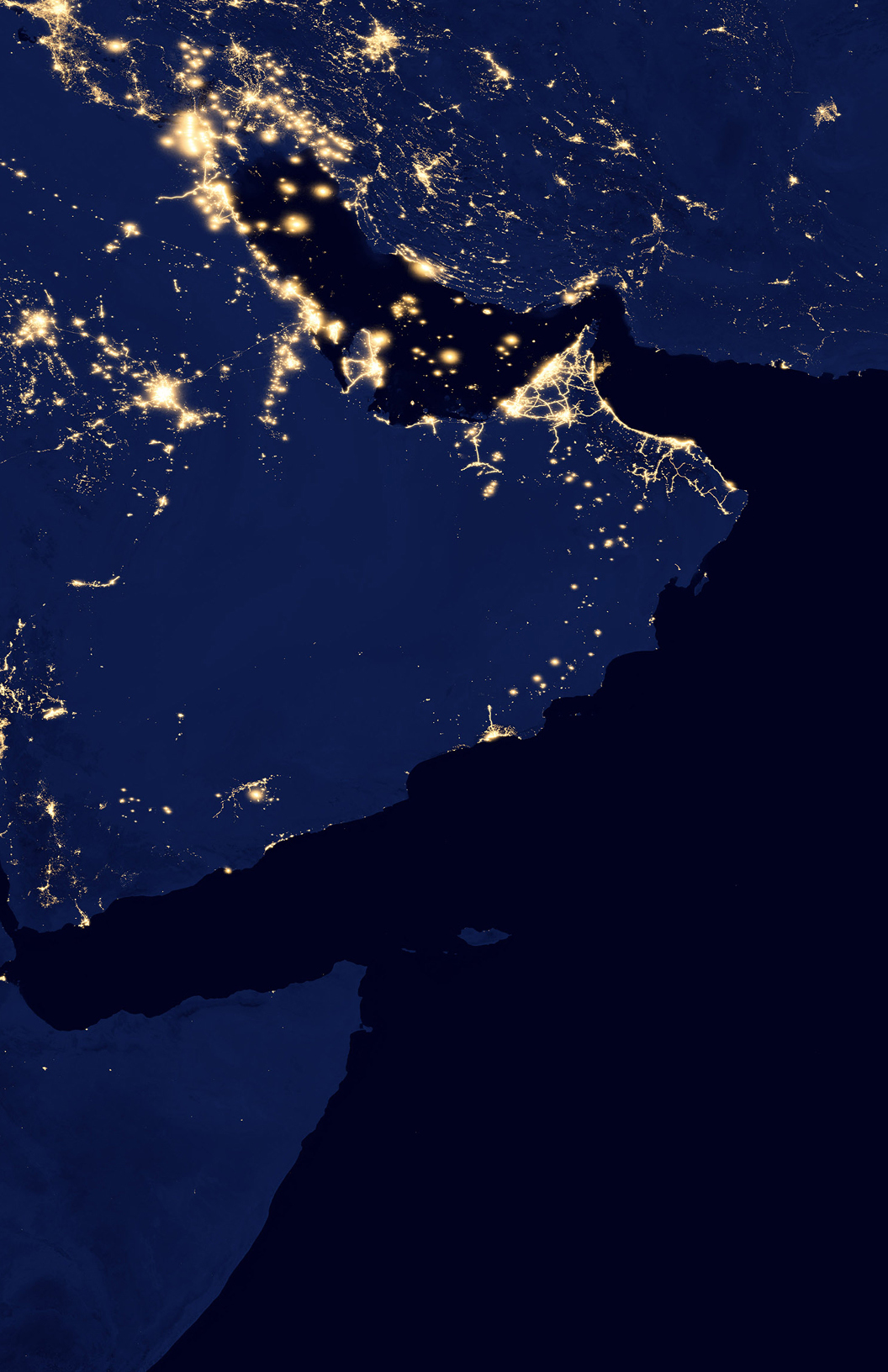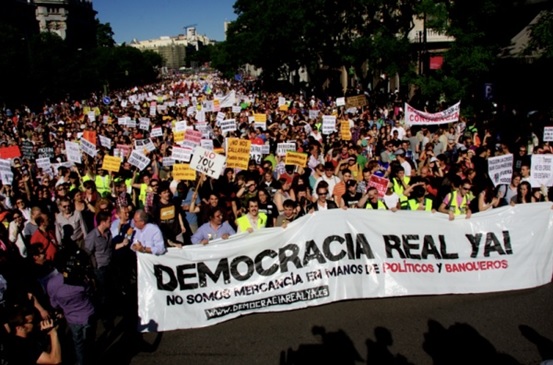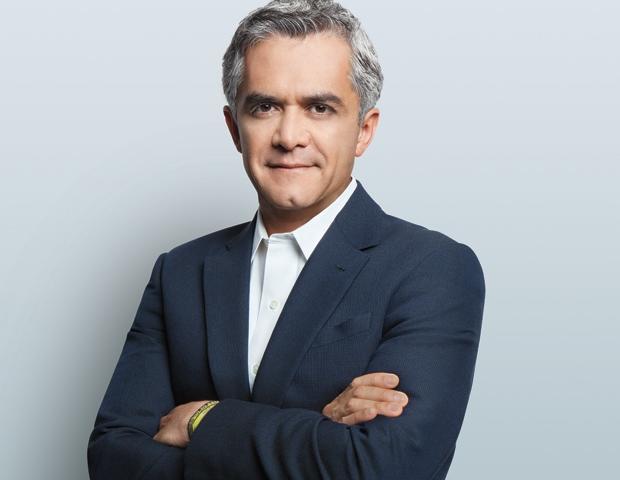Architecture Film Soirée: “Francis Kéré: An Architect Between”
The work of Diébédo Francis Kéré is at the forefront of a paradigm shift within design. The architect is globally renowned for using his craft to improve social, economic, and political environments in his native Burkina Faso and numerous other countries. Globally, people are turning to designers to address intractable problems from poverty to climate change. Kéré seeks to do just this, using a mix of low-tech and high design and working in partnership with the communities for whom he builds. This program presents a series of short films that document Kéré´s hands-on practice and community-based building process. Of focus are several projects Kéré has completed or begun in the past 15 years in Burkina Faso and Germany, where among other endeavors he is building a community performance center for Syrian refugees at Tempelhof Airport, in collaboration with Volksbühne Berlin. The opening film by British filmmaker Candida Richardson was created for Sensing Spaces: Architecture Re-Imagined at the Royal Academy of Arts in London in 2014. Richardson’s film will be placed in dialogue with a series of works by filmmaker Daniel Schwartz, produced on the occasion of Francis Kéré: Radically Simple, a major solo exhibition at Architekturmuseum der TU München earlier this year. The screening will be followed by a public discussion with Mr. Schwartz, moderated by Marlene Rutzendorfer, Harvard University visiting scholar from IFK Kunstuniversität Linz, and also featuring Rahel Shawl, founder and director of RAAS Architects (Addis Ababa, Ethiopia) and a current Loeb Fellow at the Harvard Graduate School of Design, Justin Tata, senior urban planner at Juba City Council (Juba, Sudan), Suzanne Blier, Allen Whitehill Clowes Chair of Fine Arts and of African and African American Studies at Harvard University, and Michael Hooper, associate professor of urban planning at the Harvard Graduate School of Design. While studying at the TU Berlin, Diébédo Francis Kéré set up the association “Schulbausteine für Gando” in 1998 with the objective of combining his European gained knowledge with traditional building techniques from West Africa. He built his first school in Burkina Faso in 2001 and opened his own office “Kéré Architecture” engaging mainly in social projects. An honorary professor at the TU Berlin until 2011, he has also been a visiting professor at the University of Wisconsin Milwaukee School of Design and Design Critic in Urban Planning and Design at the Harvard Graduate School of Design. He was also appointed Guest Professor at the Mendrisio Academy of Architecture, Switzerland in 2013. In addition, he has won the Global Holcim Award Gold (2012), the Marcus Prize (2011), the BSI Swiss Award (2010), and the Aga Khan Award (2004). Francis Kéré also participated in several exhibitions such as “Small scale big change” at the MOMA (2011) and the “Venice Architecture Biennale” (2016). Event organized with support from the Goethe Institut. To view a trailer of Candida Richardson’s Sensing Spaces: Architecture Re-Imagined: Diébédo Francis Kéré, please visit the film’s Vimeo page. Photo: Lycée Schorge, Koudougou, Burkina Faso, 2016. Daniel Schwartz/Gran Horizonte Media.Boston Mayor Martin J. Walsh
Presented by the Harvard Joint Center for Housing Studies
Since taking office in 2014, Boston Mayor Martin J. Walsh has made his mark in Boston and, increasingly, on the national stage as well. A former leader of Boston’s construction trade unions who also served as a state representative, Walsh has made housing and community development central to his efforts to ensure that Boston is a “thriving, healthy, and innovative” city with “equality and opportunity for all.”
In 2014, the new administration released “Housing a Changing City: Boston 2030,” which stated that Boston needed to create 53,000 housing units to accommodate the city’s growing population. The city is expected to soon top 700,000 people for the first time since the 1950s and, in keeping with this plan, had permitted almost 20,000 new units by 2016 and was reviewing plans for about 20,000 more.
The city, which built a state-of- the-art shelter for homeless people, is also developing strategies to effectively end chronic homelessness and has launched Imagine Boston 2030, which will produce Boston’s first comprehensive plan in over 50 years.
In addition, the Walsh administration has undertaken notable efforts to keep Boston at the forefront of the global innovation economy, to strengthen its schools, expand opportunities for historically disadvantaged communities, improve police-community relations, and address Boston’s troubled history of race relations.
In recent months, Mayor Walsh has also emerged as an important voice in national debates about immigration and other key federal policies and programs that could greatly affect residents, neighborhoods and communities in Boston and other cities.
Registration is now available.
Registration is not required to attend, but it is encouraged.
Mia Lehrer, “Advocacy by Design”
As founder and president of Mia Lehrer + Associates (MLA), Mia Lehrer (MLA ’79) leads the studio on a wide range of projects that include urban revitalization developments, urban parks and greenways, streetscapes and mobility planning, and watershed masterplanning. Internationally recognized for her design excellence and environmental leadership, Mia is passionate about bringing nature to the city and seeks opportunities to improve the relationship between the built environment, urban ecology, and the community. She is especially known for her work with complex natural systems in collaboration with diverse consultant teams and public stakeholders. Mia serves as a board member for a wide range of agencies and non-profits. In 2014, President Obama appointed Mia to the U.S. Commission of Fine Arts, which is tasked with advising the President, the Congress, and District of Columbia governments on matters of design and aesthetics, as they affect the federal interest. She was also awarded the 2016 LaGasse Medal for her notable contributions to public landscapes.
Focusing on Los Angeles and the greater southern California region as a case study, this lecture will explore the challenges and strategies for design advocacy in the urban landscape. The lecture will first provide an overview of the environmental, climactic, infrastructural and political context of the Los Angeles Metropolitan area. The lecture will then share several built and conceptual projects that exemplify the MLA studio’s focus on using advocacy as a design tool in recalibrating the city.
Conversations on Public Art: Nato Thompson
How can public art and design practice remain socially engaged in a moment when images and information proliferate all around us, and cultural production can almost instantaneously be co-opted by prevailing media, economic, and power structures? What constitutes a meaningful or effective activist artistic practice today? Curator and critic Nato Thompson will discuss a decade of experience at the forefront of rethinking social engagement in public art. The lecture will be followed by a discussion of the relationship between public art and interventionary architecture as urban agents. Nato Thompson is Artistic Director of Creative Time, a public art presenter based in New York City. Previously, he worked as curator at MASS MoCA. In 2005, he received the Art Journal Award for distinguished writing. He has written two books of cultural criticism, Seeing Power: Art and Activism in the 21st Century (2015) and Culture as Weapon: The Art of Influence in Everyday Life (2017).
Organized by the Harvard Mellon Urban Initiative.
Jonathan Franzen, “So Do We Just Give Up on Nature?”
Jonathan Franzen is the author of a series of novels that have been highly praised as masterpieces for their acute observations and relentless analyses of American culture. He has been identified as a Midwesterner since he was catapulted to fame by his novel The Corrections (2001), the story of a family with often-cited parallels to his own upbringing in Webster Groves, Missouri; yet the city was a focus of his first novel, The Twenty-Seventh City (1988), set in St. Louis, and his second, Strong Motion (1992), set in Boston. Franzen’s other books include How to Be Alone (2002), a volume of essays; The Discomfort Zone (2006), a memoir; Farther Away (2012), a nonfiction collection; and The Kraus Project (2013), his translations of short pieces by Austrian satirist Karl Kraus. In 2010, when his novel Freedom came out, Franzen’s portrait appeared on the cover of Time magazine, which hailed him as the “Great American Novelist.” Franzen’s most recent novel, Purity (2015), has been adapted for television as a series for Showtime, beginning in 2017. His lecture will be hosted by Diane Davis, Charles Dyer Norton Professor of Regional Planning and Urbanism, chair of the Department of Urban Planning and Design, and—like Franzen—a St. Louis native.Kathryn Gustafson
Kathryn Gustafson brings more than thirty years of distinguished practice to her partnerships in two offices: GGN in Seattle and Gustafson Porter in London. She is known for her diverse range of works—ground-breaking, contemporary designs that incorporate the sculptural, sensual qualities that are fundamental to the human experience of landscape. Examples include the National Museum of African American History and Culture in Washington, D.C.; Westergasfabriek Culture Park in Amsterdam; and the Diana, Princess of Wales Memorial Fountain in London. Gustafson is an honorary fellow of the Royal Institute of British Architects, London; an honorary member of the Royal Designers for Industry, London; a medalist of the Académie Royale d’Architecture, Paris; and a Fellow of the American Society of Landscape Architects. She is the recipient of the Arnold W. Brunner Memorial Prize in Architecture, the Obayashi Prize, the ASLA Design Medal, the Chrysler Design Award, and London’s Jane Drew Prize. In 2011, GGN received the Smithsonian’s Cooper-Hewitt National Design Award for Landscape Architecture.
Janet Cardiff, “An Overview of Installations and Walks”
Canadian artist Janet Cardiff will discuss various seminal works and her collaborative process with partner George Bures Miller. Since the creation of Dark Pool in 1995, Cardiff and Miller have used audio and multimedia sculptural elements to create installation artworks. They have also pioneered the audio/video walk format creating numerous such walks at various international venues.
The presentation will examine the progression of their work and their experimentation with different mediums and methodologies.
Cardiff and Miller have had numerous solo shows at international venues including ARoS Aarhus Art Museum; Museo Nacional Centro de Arte Reina Sofia, Madrid; The Menil Collection, Houston, TX; Museu d’Art Contemporani de Barcelona; Hamburger Bahnhof, Berlin; Vancouver Art Gallery; and Art Gallery of Ontario, Toronto, among others. The artists have participated in major group exhibitions such as the 19th Biennale of Sydney in 2014 and dOCUMENTA (13), and they represented Canada at the 2001 Venice Biennale, for which they received the Biennale’s Premio Prize and Benesse Prize. Cardiff and Miller’s works are in the permanent collections of the Museum of Modern Art, New York, Tate, London, Astrup Fearnley Museet, Oslo, Hirshhorn Museum and Sculpture Garden, Washington, D.C., Sammlung Goetz, Munich, Louisiana Museum of Modern Art, Humlebæk, and the Thyssen-Bornemisza Art Contemporary, Vienna.
After Dark: Nocturnal Landscapes and Public Spaces in the Arabian Peninsula
In the Arabian Peninsula, public spaces are often most used after darkness falls, and the temperature along with it. This symposium explores typologies of nocturnal landscapes common in the Arabian Peninsula and in locales with similar hot climates. During this interdisciplinary event, we will ask who uses night-time landscapes and public spaces, what activities are peculiar to the night, and, ultimately, how to design for life after dark. Organized by Gareth Doherty, assistant professor of landscape architecture, and William Granara, director, Harvard University Center for Middle Eastern Studies. Supported by the Aga Khan Program in Islamic Architecture.
Erik Swyngedouw, “Insurgent Architects and the Spectral Return of the Political in the Post-Democratic City”
“Since 2011, a seemingly endless proliferation of urban rebellions, sparked by a variety of conditions and unfolding against the backdrop of very different historical and geographical contexts, has profoundly disturbed the apparently cozy neoliberal status quo and disquieted various economic and political elites. The aftermath of such urban insurrections has provided the starting point for the arguments developed in this presentation. I proceed in four steps. First, I discuss the contested configurations of the processes of post-democratization. Next, I propose a series of theoretical and political arguments that help frame the evacuation of the properly political from the spaces of post-democratic policy negotiation on the one hand and the spectral re-emergence of the political on the other. In the concluding part, perspectives for re-vitalizing the political possibilities of a spatialized emancipatory project are presented.” Erik Swyngedouw is professor of geography at Manchester University. His research interests include political-ecology, hydro-social conflict, urban governance, democracy and political power, and the politics of globalization. He previously taught at Oxford University and held the Vincent Wright Visiting Professorship at Science Po, Paris, in 2014. He recently co-edited (with Japhy Willson) The Post-Political and Its Discontents: Spectres of Radical Politics Today (Edinburgh University Press, 2014). His new book with MIT Press, Liquid Power: Contested Hydro-Modernities in Twentieth-Century Spain, focuses on the issue of water and how it has been affected by emerging forms of social power in Spain.
Mexico City at a Crossroads: Urban Challenges of the 21st Century – Keynote Address*
Keynote Address: Urban Challenges in an Era of Climate Change
Mexico City’s Mayor Miguel Mancera will discuss current challenges for the nation’s capital city, which was recently named the World Design Capital for 2018 by ICSID. The mayor will share lessons learned so far and engage in a dialogue about the built environmental future of CDMX (Ciudad de México) going forward. Mexico City has emerged out of a complex history to take a role as a leading global metropolis but is now in flux. Renowned for its architecture and design aesthetics, the city also faces major infrastructural scarcities in transportation, water supply, and affordable housing. Its enormous scale poses environmental, energy, and public health problems associated with pollution, carbon emissions, and urban sprawl. Recent efforts to write a new city constitution have amplified conflicts over how to build, govern, and finance its future. This keynote lecture—which launches a day-long conference on Harvard’s campus sponsored by the David Rockefeller Center for Latin American Studies that will include participation by governing officials and activists as well as leading researchers on CDMX—will highlight Mexico City’s tripartite identity as global leader, national powerhouse, and sovereign urban authority confronting the multi-scalar territorial and environmental challenges of the twenty-first century.
Co-sponsored by the David Rockefeller Center for Latin American Studies and the Interdisciplinary Urbanism Initiative, Department of Urban Planning and Design
Registration is now available.
Registration is not required to attend, but it is encouraged.
